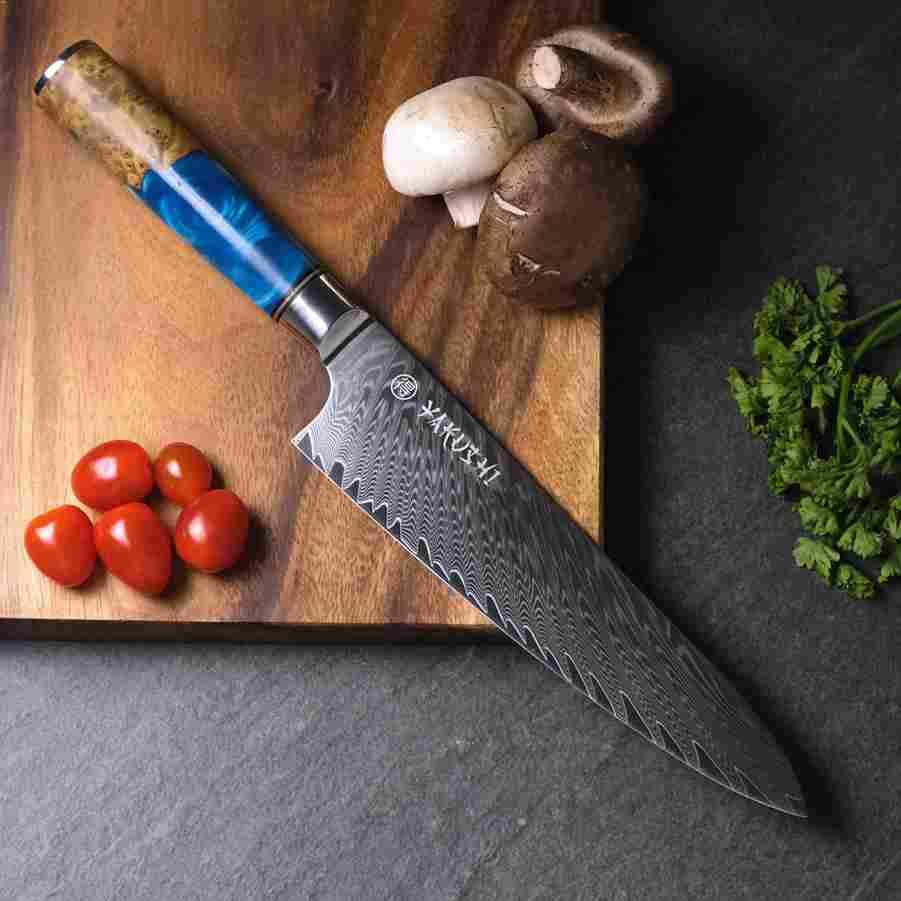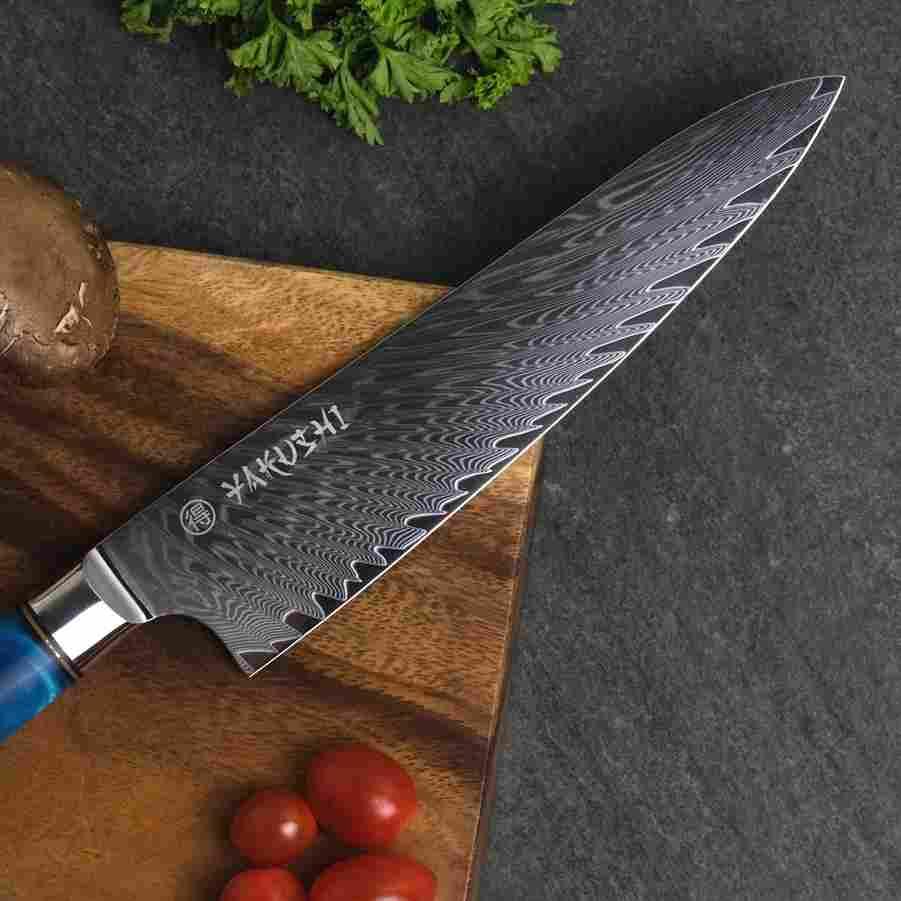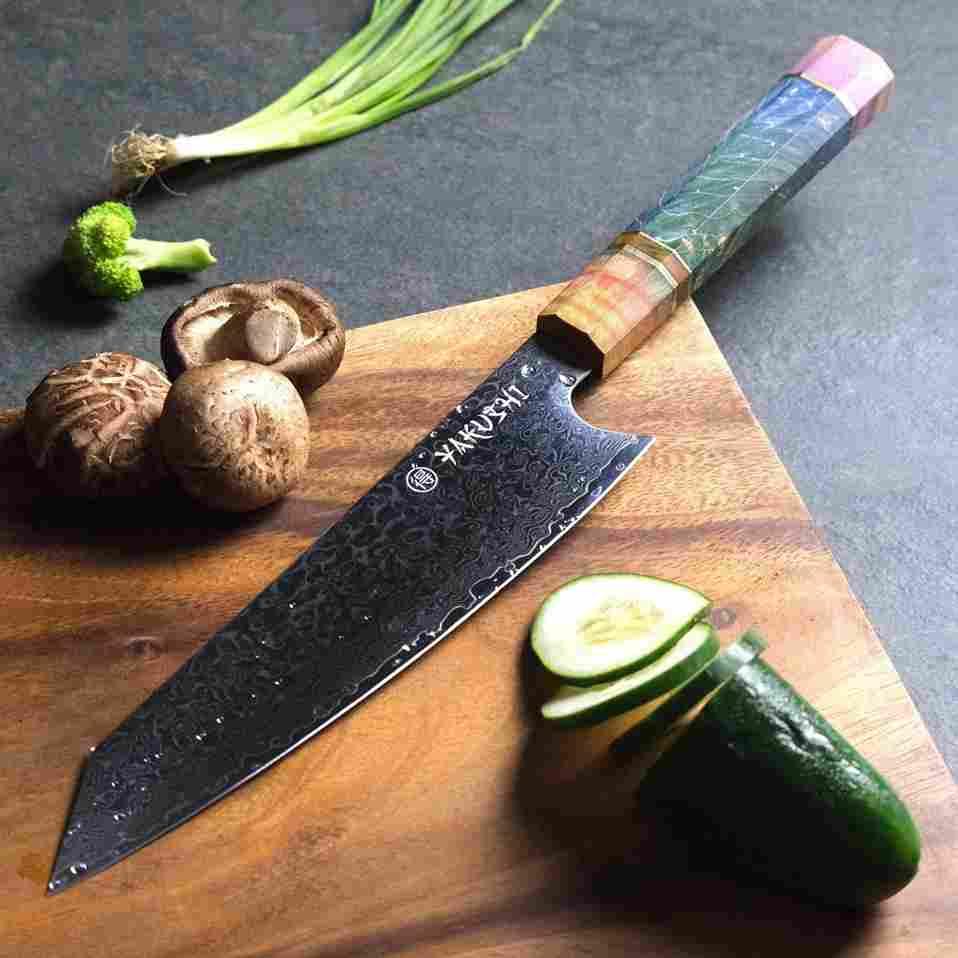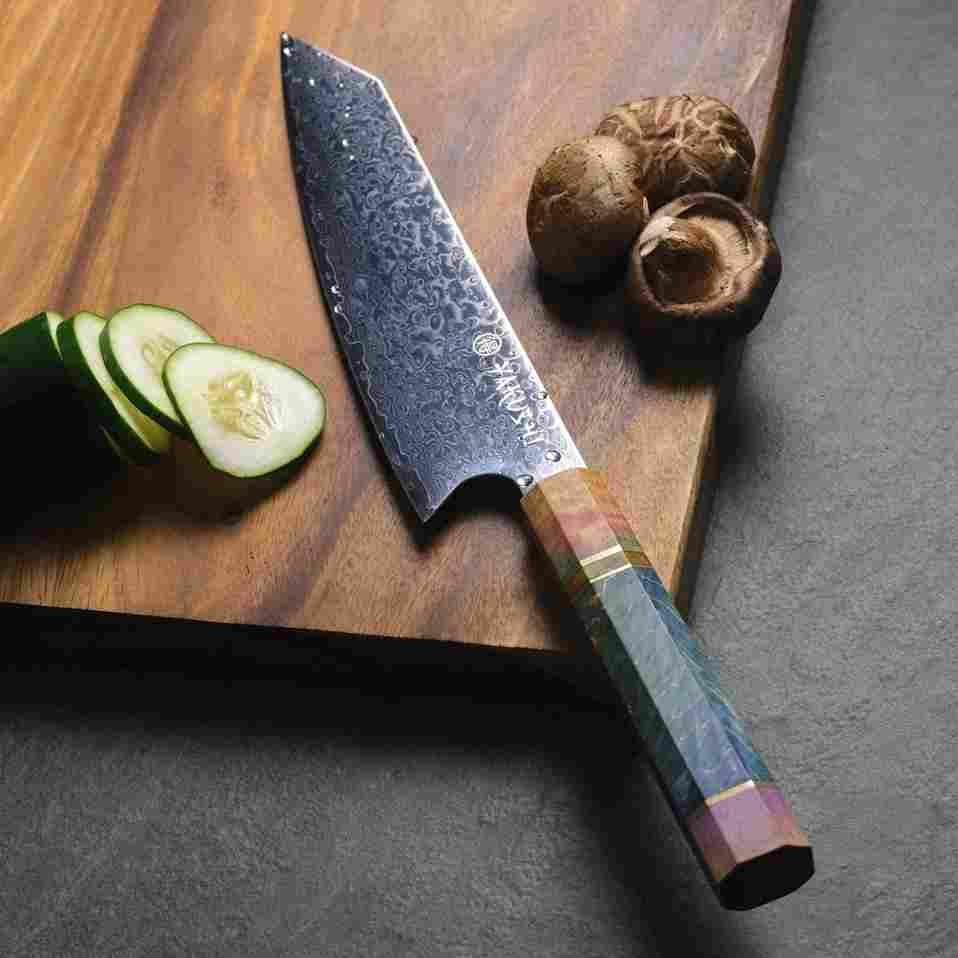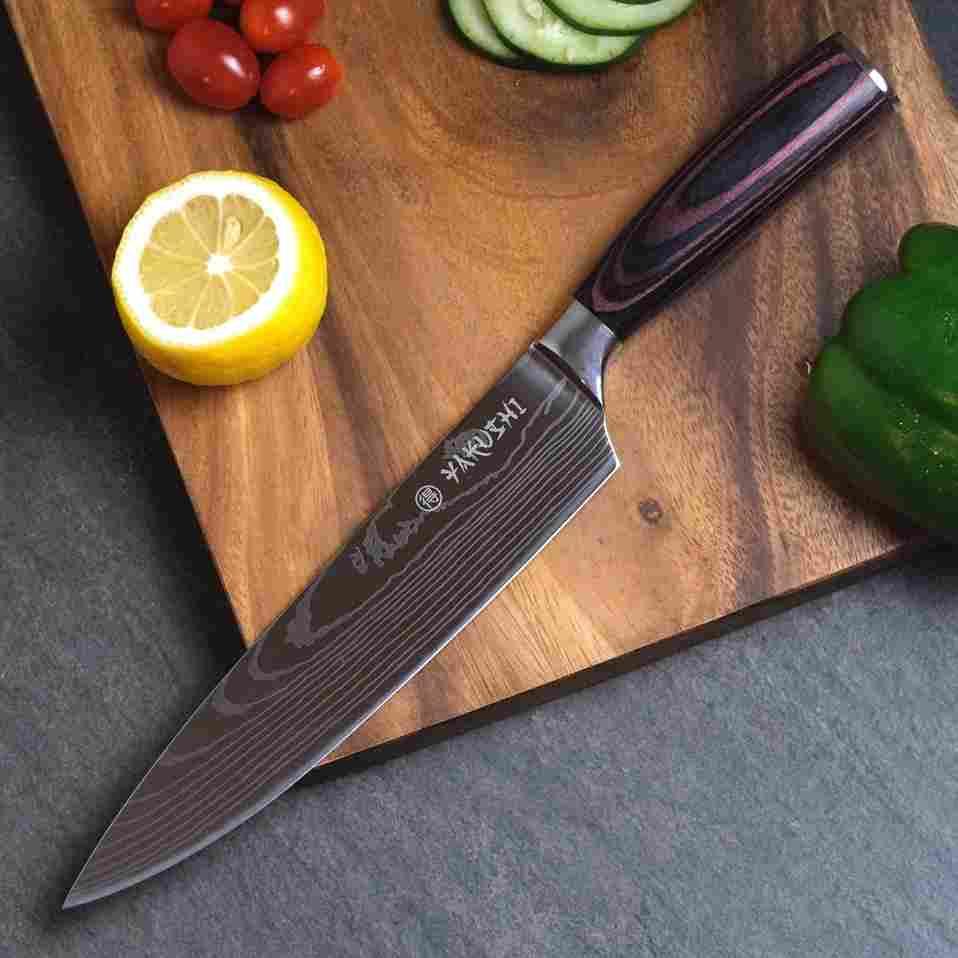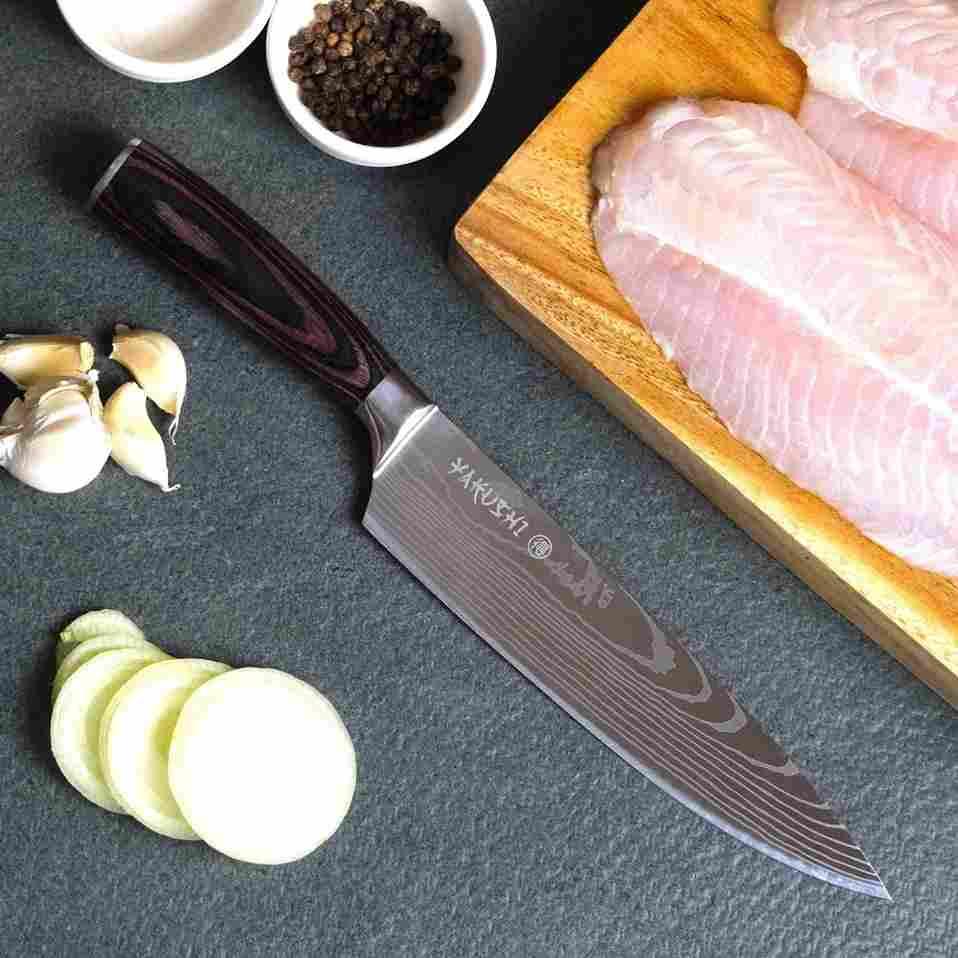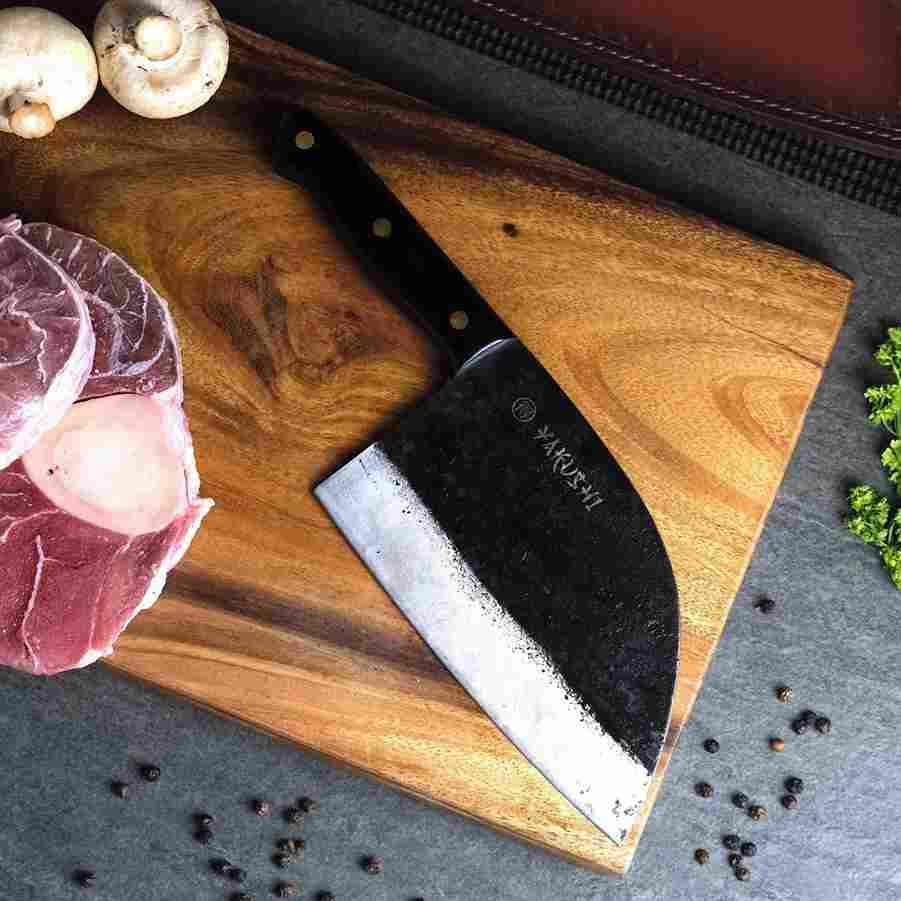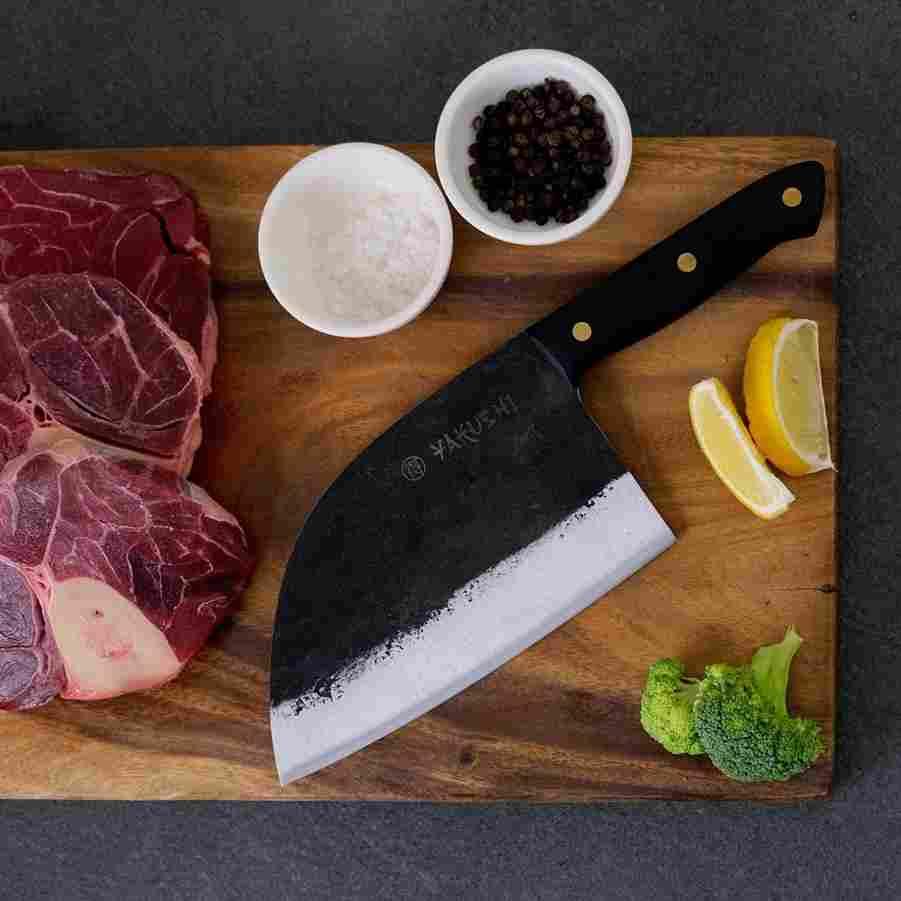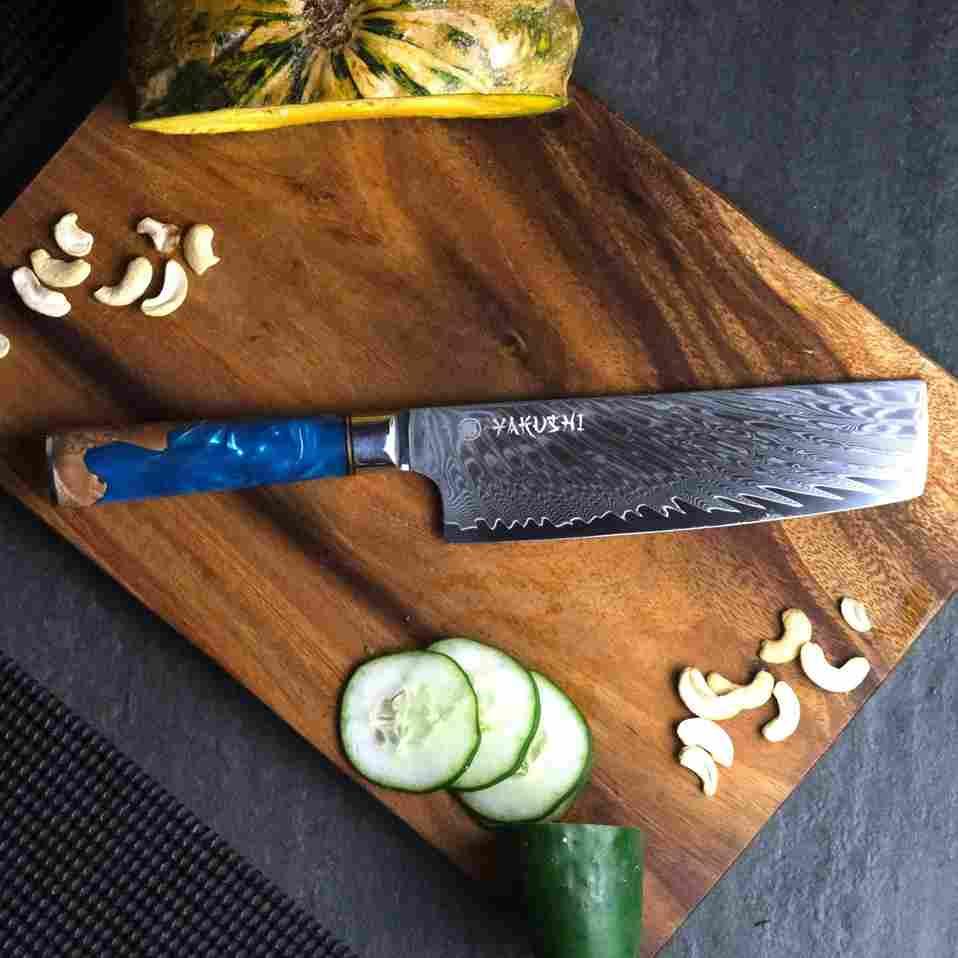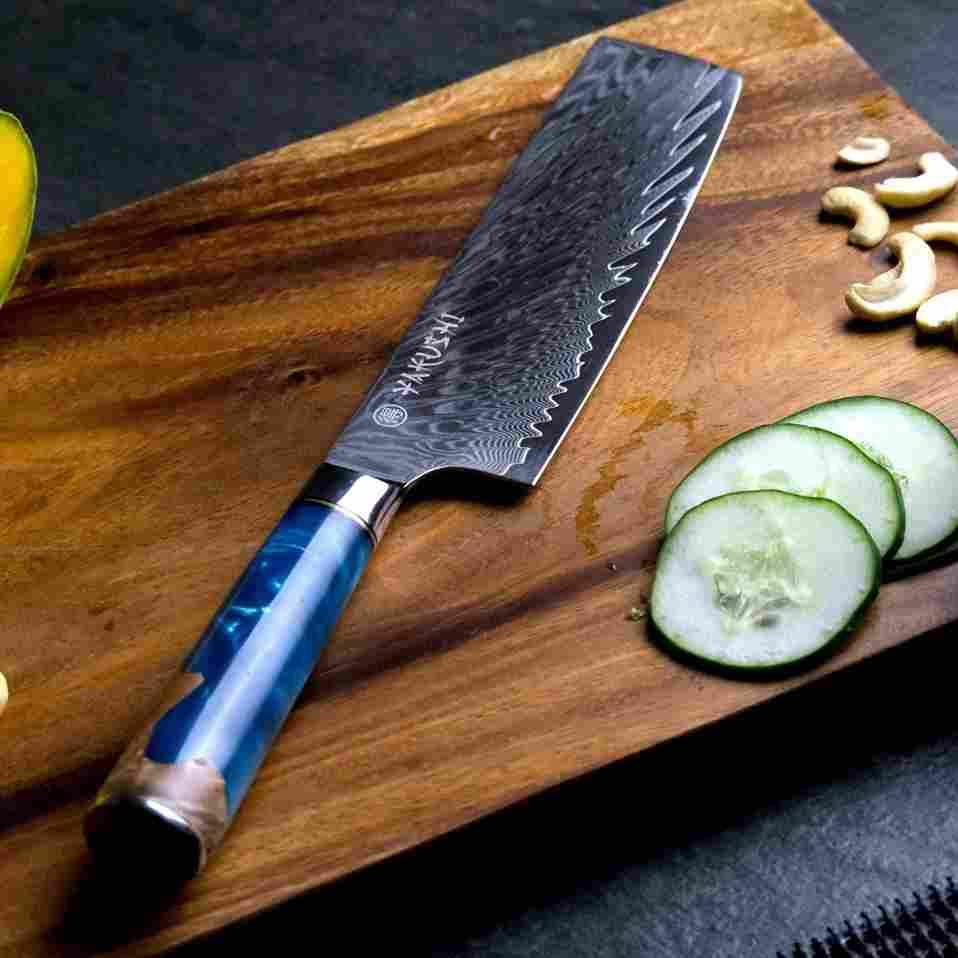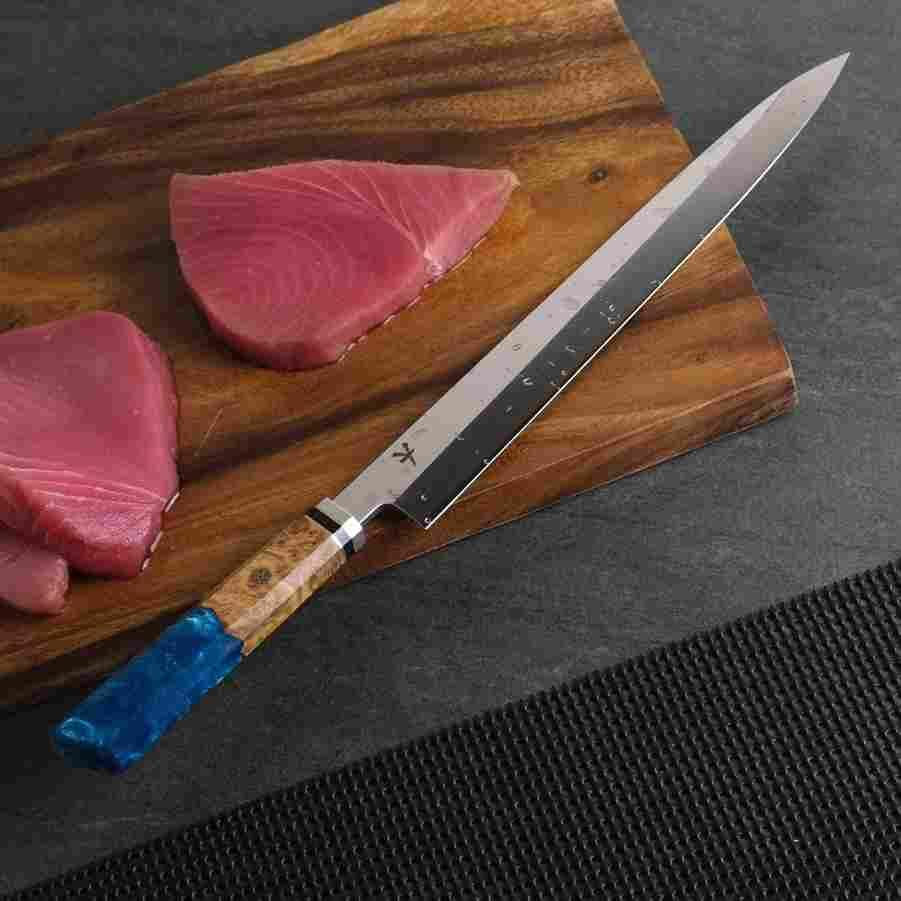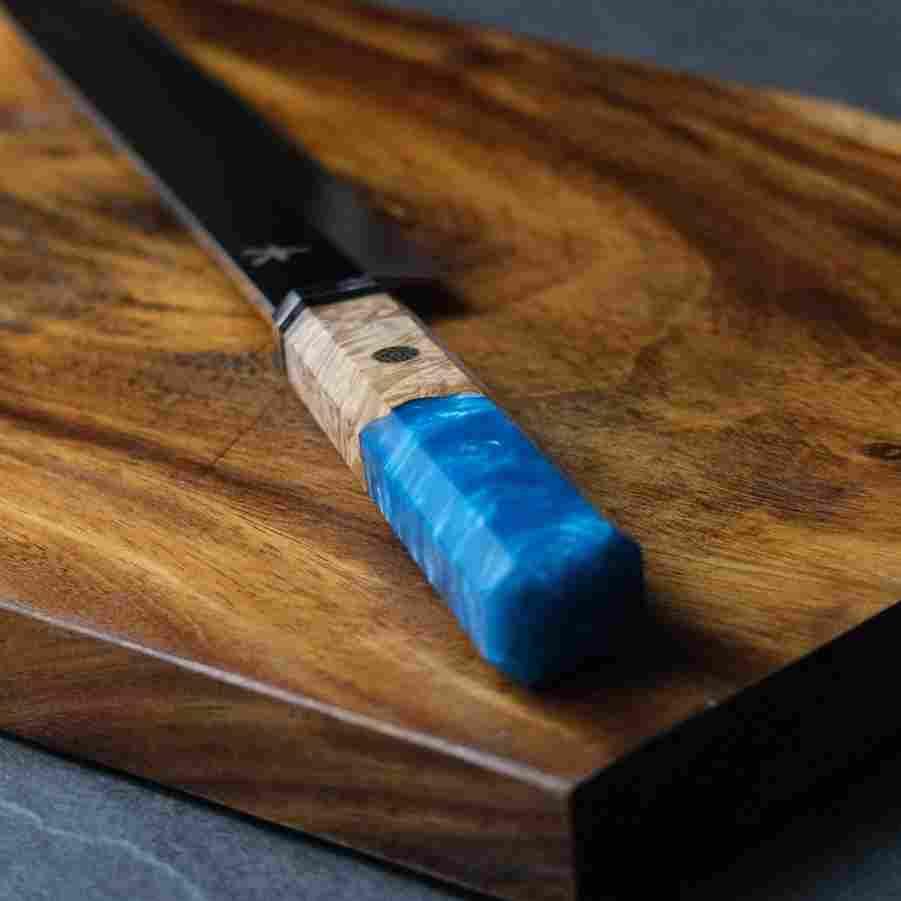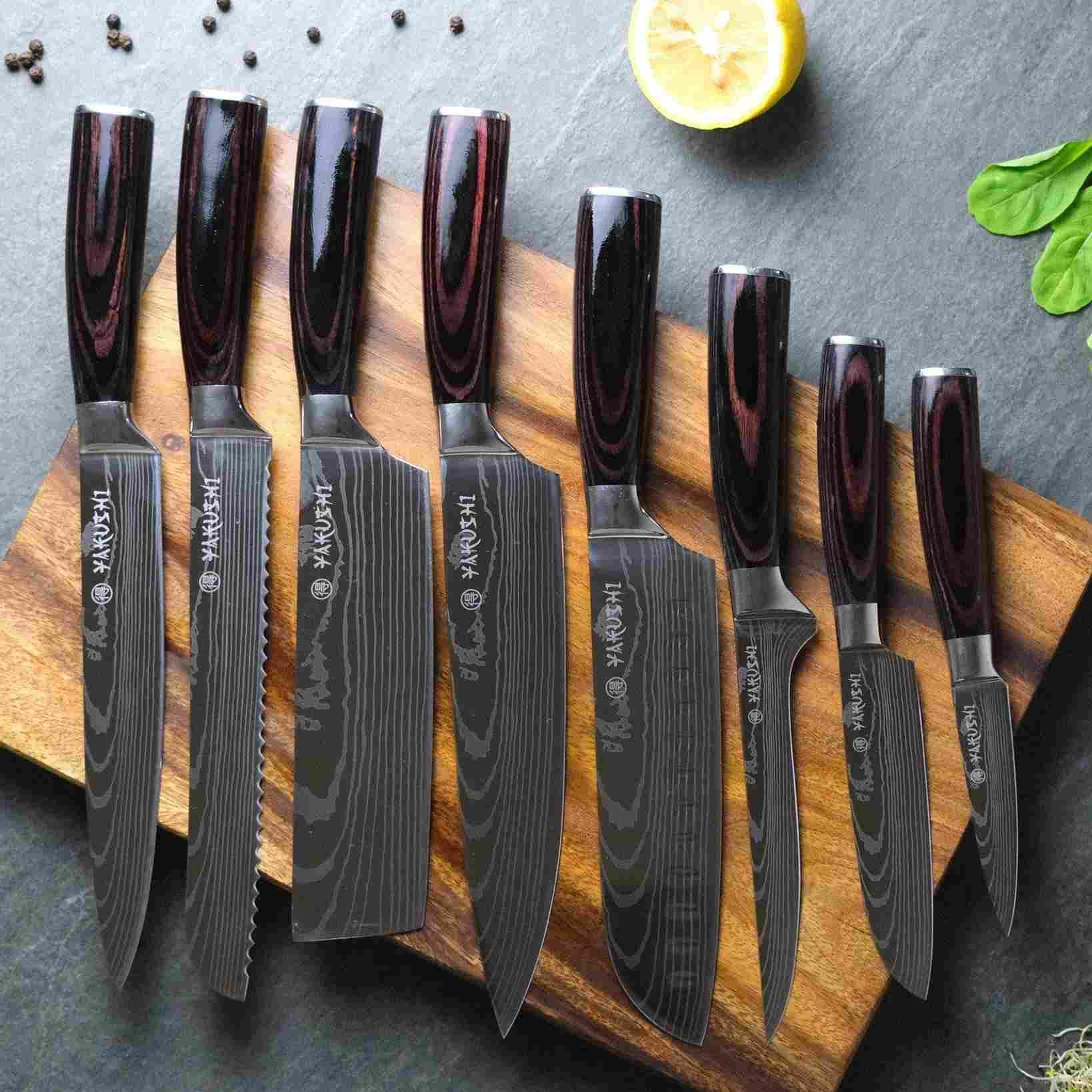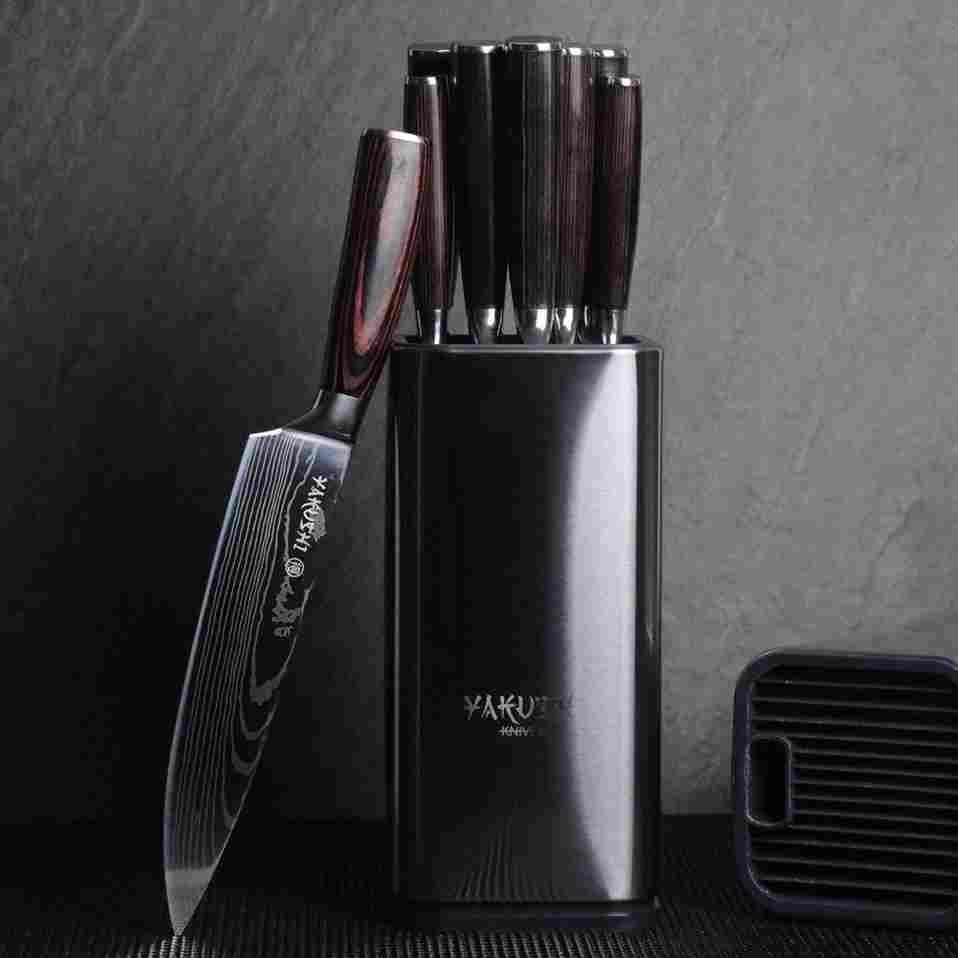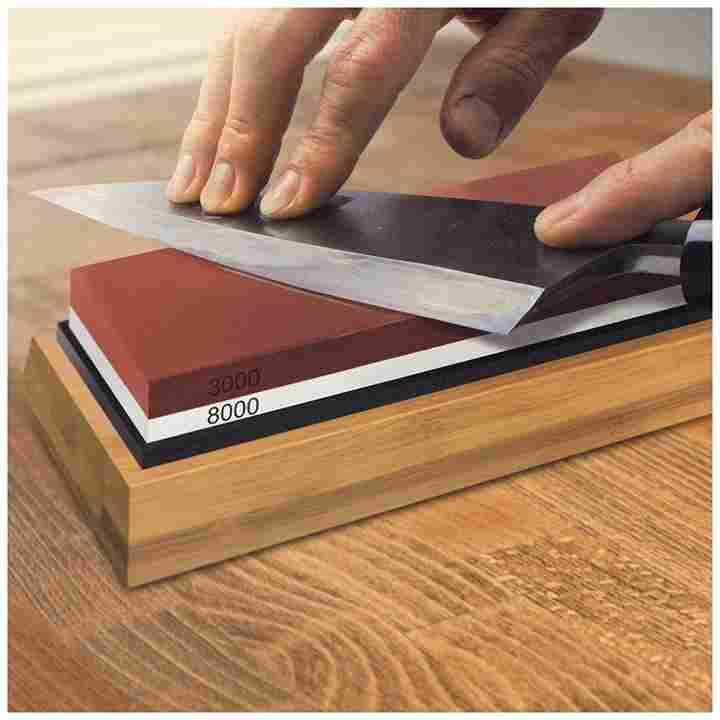
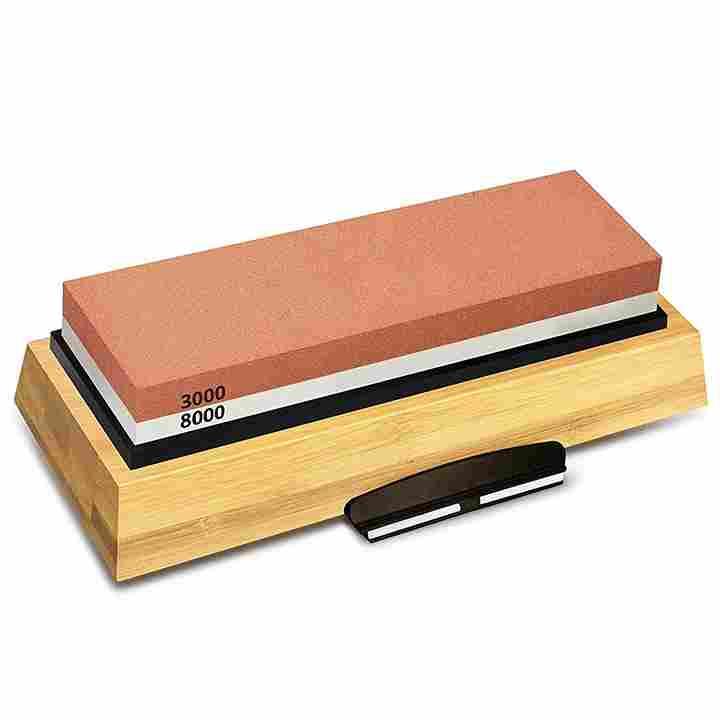
Yakushi Whetstone 3000 & 8000 Grit (with Bamboo Base)
International Shipping
We now ship internationally, mainly serving customers in the US, UK, Canada, and Australia.Every week we send out hundreds of packages to customers around the world.All orders are processed and shipped within 1-2 business days.Once shipped, shipping times are as follows:
US --> 4-6 business days (depending on the state)
Canada --> 5-10 business days (depending on the province)
UK and Australia --> 7-12 business days
Shipping
Thank you for choosing Yakushi Knives! All orders are shipped with tracking within 24 to 48 hours of you placing the order using USPS, Canada Post, or other carriers via ePacket depending on your location and fastest available service. Typical delivery time frame is between 15 to 20 business days however, you may receive your items much earlier. 30 day Money Back Guarantee!
15 Day Test-Run Guarantee
Not sure if this is the right set for you? Give us a try. If you don’t like it, you can always send it back to us.

Yakushi Whetstone 3000 & 8000 Grit (with Bamboo Base)
Knives are regarded as the most important kitchen tools since they perform essential cutting duties.
But what if your knife is not sufficiently sharp to complete the task at hand?
It will make your chopping, mincing, and other cutting chores challenging.
One of those pieces of equipment that is crucial for maintaining the sharpness of your blades is a knife sharpening stone. Whetstones are considered the ideal tool for sharpening knives for all knife materials. Natural whetstones were first mentioned in the Shosoin documents during the Nara period. For over 1,200 years, these stones have been employed for making Japan's sharp cutting blades.
This premium grit whetstone will keep your knife sharp while bringing Japanese authenticity into your space and maintaining the aesthetics of your kitchen.
The whetstone is crafted with natural materials and comes with a bamboo base to provide better grip and control, making it easier to sharpen the knives.
The two layerings of 3000 & 8000 whetstones are made from a very fine grain that makes the knife super sharp and shiny.
The knife ends up looking like it's brand new.
Specifications of Yakushi Whetstone:
- The Yakushi Whetstone comes with a coarse 3000-grit side for initial sharpening and a fine 8000-grit side for refining and polishing the blade's edge.
- The Yakushi Whetstone comes equipped with a bamboo base, providing enhanced stability and control during the sharpening process, ensuring a steady and precise sharpening experience for your knives.
- A Free Knife Guide accompanies the Yakushi Whetstone for better sharpening. It ensures accurate blade sharpening by assisting users in maintaining a consistent angle, resulting in improved sharpness and a prolonged knife lifespan.
What is a Japanese Whetstone?
A Japanese Whetstone, also known as a Waterstone or a sharpening stone, is a traditional tool used for sharpening the blades of knives and other cutting tools.
It is a crucial tool in Japanese cutlery culture, where the sharpness and precision of blades are highly valued.
Japanese Whetstones are typically made from natural materials such as sedimentary rocks, like novaculite or slate, which are rich in abrasive particles. The sharpening process involves wetting the surface of the whetstone with water, hence the name "Waterstone."
Japanese Whetstones come in various grit levels, which determine the coarseness or fineness of the stone's surface.
Lower grit stones (e.g., 200 to 800) are used for repairing and reshaping damaged or dull edges, while higher grit stones (e.g., 1000 to 8000) are used for refining and polishing the blade to attain a razor-sharp edge.
The increased the grit number, the finer the abrasive particles on the stone, and the sharper the edge.
Importance of Japanese Whetstone:
Knife Sharpening: Japanese whetstones can yield a significantly sharper edge compared to other sharpening techniques, such as knife sharpener or honing steel.
The use of a sharper knife is safer and more effective since it cuts more readily and cleanly.
The water acts as a lubricant, preventing the blade from overheating during the sharpening process and also washing away the metal particles produced during sharpening, keeping the stone clean and effective.
Sharpness lasts longer: A Japanese whetstone's edge will last longer than other sharpening techniques. This is because the abrasive particles on a Japanese whetstone are much finer, so they remove less metal from the knife's edge.
When less metal is removed, the knife retains its sharpness for extended periods.
So, using a Japanese whetstone helps maintain the knife's sharpness and keeps it cutting smoothly for much longer.
Japanese whetstones are strong and long-lasting: Since they are composed of the highest caliber materials, Japanese whetstones are a long-term investment, provided it is treated with care.
Traditional Japanese sharpening technique:For generations, the Japanese whetstone has been the preferred sharpening tool in Japan. This indicates that there is a wealth of information and experience on how to use them successfully available.
The different types of Grit and their purposes:
220-400 Grit: This grit range is employed for extreme sharpening. Large volumes of material are removed from a blade using it.
800-2000 Grit: Use this grit range for medium-coarse to fine sharpening. It is used to polish the blade's edge and get rid of any burrs that might have formed during the rough sharpening process.
3000-8000 Grit:This grit range is utilized for ultra-fine sharpening. It is applied to the blade's edge to polish it and provide a razor-sharp edge.
10000-12000 Grit:These elaborate whetstones have an extremely fine grain and are recommended only for professionals who need precise knife edges.
How to Use Premium Japanese Whetstone
Step-by-step instructions on how to use the whetstone effectively
Step-1: Water must first be applied to Japanese whetstones before they can be used to sharpen blades. The stone should typically be immersed entirely in water for 5 to 10 minutes or until it stops bubbling. At this point, the whetstone's air pockets have been thoroughly removed.
Step-2: You need only the surface to be moist. To keep the stone moist while you sharpen, have a container of water close by.
Step-3: Start with a rough grit if your knife requires a significant amount of sharpening. Knives that are already reasonably sharp and simply need a little polishing can move directly to a finer grit.
Step-4: Place the water stone with the specified grit size facing up on a non-slip surface. Depending on which way feels more comfortable, the stone can be positioned either vertically or horizontally.
Step-5: Place the blade of your knife flat against the stone while holding the handle. Raise the spine to a modest angle, usually between 10-15 degrees for a Japanese-style blade and between 20-30 degrees for a Western-style blade.
Step-6: Move the knife up and down the water stone while holding it with one hand on the handle and the other on top of the blade. The blade should be smoothly guided from the tip to the heel of the stone by using the fingers of the hand that is holding it up.
Step-7: Throughout the entire knife-sharpening process, it's critical to keep the same angle, pressure, and speed. The ideal strategy for doing this is to lock your hands and wrists and control the blade using your arms and shoulders.
Step-8: If the blade is double beveled, you should switch to the other side when the burr extends the whole length of the blade, from tip to heel. If it is single-beveled, you can skip the other side. Use the same number of passes, angles, and pressure to sharpen the blade's second side.
Step-9: A certain amount of slurry will develop during sharpening. The slurry is simply rinsed off or left on the stone for a finer finish. This will produce a blade that is sharpened evenly.
Step-10: Once the blade is sharp on both sides, make sure to fully clean the blade to remove any dirt before switching to a higher grit.
Step-11: It's crucial to wash a Japanese water stone properly and wipe it down with a soft, clean cloth after using it. This will clear the clutter that has gathered. Before putting the stones in storage, give them time to thoroughly air-dry. If stored while still wet, stones may begin to smell and even develop mold.
This is the only thing you were looking for to sharpen yourkitchen knives and is considered an investment for cutlery enthusiasts.
Get the Yakushi Whetstone 3000 & 8000 Grit and experience razor-sharp precision in every cut. Shop now!
A Premium Japanese Whetstone That Will Keep Your Knife Fresh And Sharp
- 3000/8000 Grit Whetstone
- Bamboo Base For Better Control
- Free Knife Guide For Better Sharpening Balance

OUR GUARANTEE
Thank you for choosing Yakushi Knives! All orders are shipped with tracking within 24 to 48 hours of you placing the order using USPS, Canada Post, or other carriers via ePacket depending on your location and fastest available service. Typical delivery time frame is between 15 to 20 business days however, you may receive your items much earlier. All orders are shipped with a tracking number so you can track it every step of the way!
I really like the traditional look. They have perfect balance and grip. Incredibly sharp as well!"

